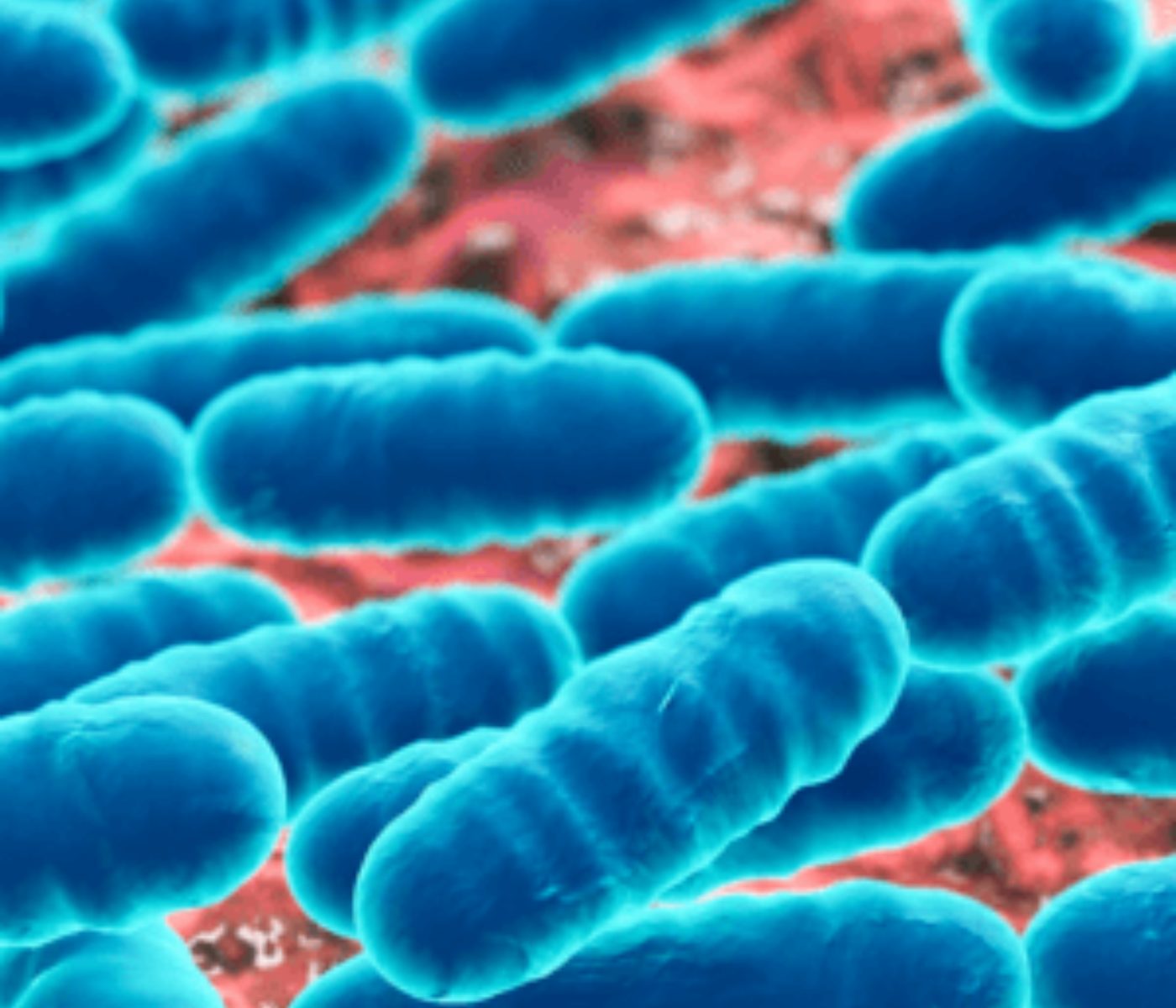An interagency report highlights the importance of reducing the use of antibiotics.
 04 Mar 2024
04 Mar 2024
An interagency report highlights the importance of reducing the use of antibiotics.
By adopting the “One Health” approach, which recognizes the link between human and animal health, the report presents data collected primarily between 2019 and 2021 on antibiotic use and antimicrobial resistance in Europe.
 The fourth joint report on the integrated analysis of antimicrobial use and the emergence of antimicrobial resistance in bacteria from humans and animals intended for food production (JIACRA IV), published by the European Centre for Disease Prevention and Control (ECDC), the European Food Safety Authority (EFSA), and the European Medicines Agency (EMA), highlights that in nations where the use of antibiotics has been reduced, both in animals and humans, a decrease in the incidence of antibiotic-resistant bacteria has been noted.
The fourth joint report on the integrated analysis of antimicrobial use and the emergence of antimicrobial resistance in bacteria from humans and animals intended for food production (JIACRA IV), published by the European Centre for Disease Prevention and Control (ECDC), the European Food Safety Authority (EFSA), and the European Medicines Agency (EMA), highlights that in nations where the use of antibiotics has been reduced, both in animals and humans, a decrease in the incidence of antibiotic-resistant bacteria has been noted.
 For the first time as part of this project, the three agencies analyzed trends in antimicrobial use and resistance in Escherichia coli (E. coli), both in humans and in animals intended for food production. They also examined how these trends changed in humans and animals intended for food production during the period 2014-2021. For instance, during this period, the administration of antibiotics to animals destined for food production decreased by 44%.
For the first time as part of this project, the three agencies analyzed trends in antimicrobial use and resistance in Escherichia coli (E. coli), both in humans and in animals intended for food production. They also examined how these trends changed in humans and animals intended for food production during the period 2014-2021. For instance, during this period, the administration of antibiotics to animals destined for food production decreased by 44%.
According to the analysis conducted by the three agencies, E. coli bacteria, both in animals and humans, are becoming less resistant to antibiotics as overall antibiotic use decreases. This demonstrates that concerning trends in antibiotic resistance can be reversed with appropriate actions and policies.
“Andrea Ammon, director of the ECDC, asserts, ‘To address the public health threat posed by antimicrobial resistance, it is imperative to intensify efforts to reduce unnecessary antibiotic consumption. Furthermore, strengthening immunization programs and improving infection prevention and control practices in the general population and healthcare facilities are essential to diminish the need for antibiotics.'”
 Bernhard Url, EFSA’s Executive Director, underscores that decreasing antibiotic use in livestock is proving fruitful: “in the majority of countries where reductions have occurred, a corresponding decline in resistance levels has been observed. This underscores the effectiveness of national efforts and highlights the EU’s dedication to the ‘One Health’ approach, safeguarding both animal and global public health.”
Bernhard Url, EFSA’s Executive Director, underscores that decreasing antibiotic use in livestock is proving fruitful: “in the majority of countries where reductions have occurred, a corresponding decline in resistance levels has been observed. This underscores the effectiveness of national efforts and highlights the EU’s dedication to the ‘One Health’ approach, safeguarding both animal and global public health.”
Bacterial resistance in humans may be associated with bacterial resistance in animals intended for food production.
 “Access to reliable data on antibiotic use and resistance in both humans and animals makes a real difference in combating antimicrobial resistance. Through joint projects like JIACRA, European countries gain valuable insights into the impact of their measures, enabling them to implement further actions to promote the prudent use of antibiotics,” states Emer Cooke, Executive Director of the EMA.
“Access to reliable data on antibiotic use and resistance in both humans and animals makes a real difference in combating antimicrobial resistance. Through joint projects like JIACRA, European countries gain valuable insights into the impact of their measures, enabling them to implement further actions to promote the prudent use of antibiotics,” states Emer Cooke, Executive Director of the EMA.
 The report also reveals that in humans, the utilization of key antibiotic classes – including carbapenems, third and fourth-generation cephalosporins, and quinolones – correlates with resistance to these antibiotics in human E. coli. Similarly, the use of quinolones, polymyxins, aminopenicillins, and tetracyclines in animals raised for food production is linked to resistance to these antibiotics found in E. coli bacteria within those animals.
The report also reveals that in humans, the utilization of key antibiotic classes – including carbapenems, third and fourth-generation cephalosporins, and quinolones – correlates with resistance to these antibiotics in human E. coli. Similarly, the use of quinolones, polymyxins, aminopenicillins, and tetracyclines in animals raised for food production is linked to resistance to these antibiotics found in E. coli bacteria within those animals.
Furthermore, bacterial resistance in humans may be linked to bacterial resistance in animals intended for food production. Two notable examples highlighted in the report are Campylobacter jejuni and Campylobacter coli, which can be present in animals raised for food production and can spread to humans through contaminated food.
For the first time, the statistical code used to conduct these analyses will be made available to the public alongside the report, fostering further analysis by researchers and other interested experts.
 Antimicrobial resistance poses a serious threat to public and animal health. It is estimated that each year, this resistance causes the death of more than 35,000 people in the European Union and the European Economic Area (EU/EEE) and imposes a significant burden on European healthcare systems, with an approximate cost of €11.7 billion per year, according to the Organisation for Economic Co-operation and Development (OECD). The “One Health” approach, applied through the collaboration of the ECDC, EFSA, and EMA, and the findings presented in this report, call for:
Antimicrobial resistance poses a serious threat to public and animal health. It is estimated that each year, this resistance causes the death of more than 35,000 people in the European Union and the European Economic Area (EU/EEE) and imposes a significant burden on European healthcare systems, with an approximate cost of €11.7 billion per year, according to the Organisation for Economic Co-operation and Development (OECD). The “One Health” approach, applied through the collaboration of the ECDC, EFSA, and EMA, and the findings presented in this report, call for:
The following week, additional data on antimicrobial resistance were published in the annual joint report prepared by EFSA and ECDC on antimicrobial resistance, which analyzes the situation of antimicrobial resistance in bacteria affecting humans, animals, and food.
The JIACRA IV report is published with a simplified summary. The aim is to inform stakeholders about the work of ECDC, EFSA, and EMA on the topic using simplified language to present a synthesis of the main conclusions.
Source: EFSA
Links to the scientific documents
Antimicrobial consumption and resistance in bacteria from humans and food-producing animals Plain language summary: Fourth joint inter-agency report on integrated analysis… Full article
Subscribe now to the technical magazine of animal nutrition
AUTHORS

Nutritional Interventions to Improve Fertility in Male Broiler Breeders
Edgar Oviedo
The Use of Organic Acids in Poultry: A Natural Path to Health and Productivity
M. Naeem
Synergistic Benefits of Prebiotics and Probiotics in Poultry, Swine, and Cattle
Gustavo Adolfo Quintana-Ospina
Hybrid Rye Potential in Laying Hen Feed Rations
Gwendolyn Jones
A day in the life of phosphorus in pigs: Part I
Rafael Duran Giménez-Rico
Use of enzymes in diets for ruminants
Braulio de la Calle Campos
Minerals and Hoof Health in the Pregnant Sow
Juan Gabriel Espino
Impact of Oxidized Fats on Swine Reproduction and Offspring
Maria Alejandra Perez Alvarado